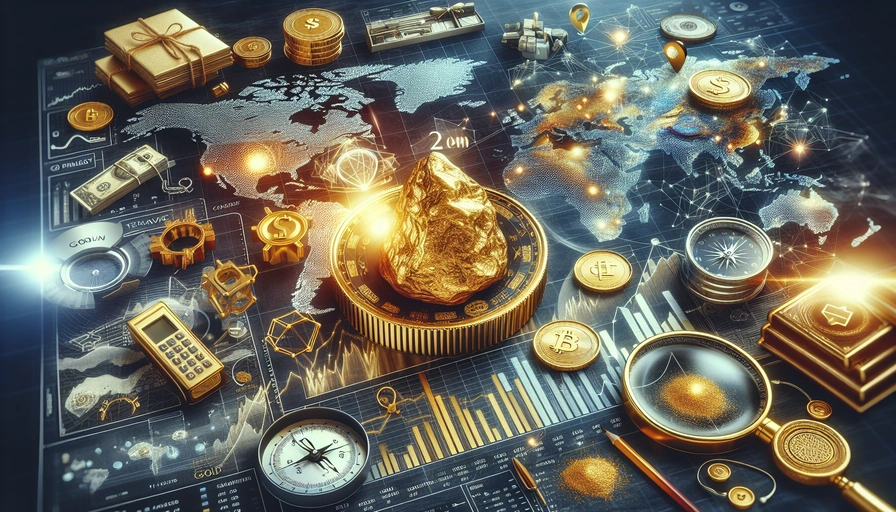Russia’s gold trade has been a focal point in the global economic landscape, especially amidst ongoing geopolitical tensions and economic sanctions. As the country navigates these challenges, several key developments have emerged that shed light on the current state and future prospects of Russia’s gold trade.
Key Developments:
– Gold Prices Surge: Gold prices have reached a record high of USD 3,077.50 per ounce, driven by increased demand for gold as a safe haven asset amidst global economic uncertainties. This surge is partly attributed to concerns over potential trade wars stemming from US tariffs.
– Central Banks’ Gold Reserves: Central banks are expected to increase their gold reserves to 30% of total reserves, up from the current average of 10%. This trend indicates a growing reliance on gold to hedge against economic instability.
– Impact of US Tariffs: The US has imposed significant tariffs on various goods, including a 36% tariff on Thai exports. This move has led to retaliatory measures from other countries and increased global market uncertainty. Investors are selling stocks and buying safe haven assets like gold, further driving up gold prices.
– Thailand’s Economic Response: Thailand’s economy is projected to contract by 1% due to US tariffs, prompting the government to revise its economic stimulus plan. The Thai government is considering targeted aid for affected groups, such as SMEs, and may need to adjust its 2026 budget plan due to the economic impact.
– Global Trade Wars: The ongoing global trade wars are driving up car prices worldwide and impacting various industries. Increased production costs and trade barriers are leading to higher vehicle prices, with significant implications for the global economy.
Summary:
Russia’s gold trade is experiencing significant shifts due to global economic uncertainties and geopolitical tensions. The surge in gold prices reflects the increased demand for safe haven assets, while central banks’ growing gold reserves indicate a strategic move to hedge against economic instability. The impact of US tariffs on global trade has further exacerbated market uncertainties, prompting countries like Thailand to revise their economic strategies. As the world navigates these challenges, Russia’s gold trade remains a critical component of the global economic landscape, offering insights into the broader dynamics at play.
In conclusion, the developments in Russia’s gold trade highlight the intricate interplay between geopolitical tensions, economic policies, and market dynamics. As countries adapt to these changes, the role of gold as a stable and reliable asset continues to be reinforced, underscoring its importance in the global economy.

